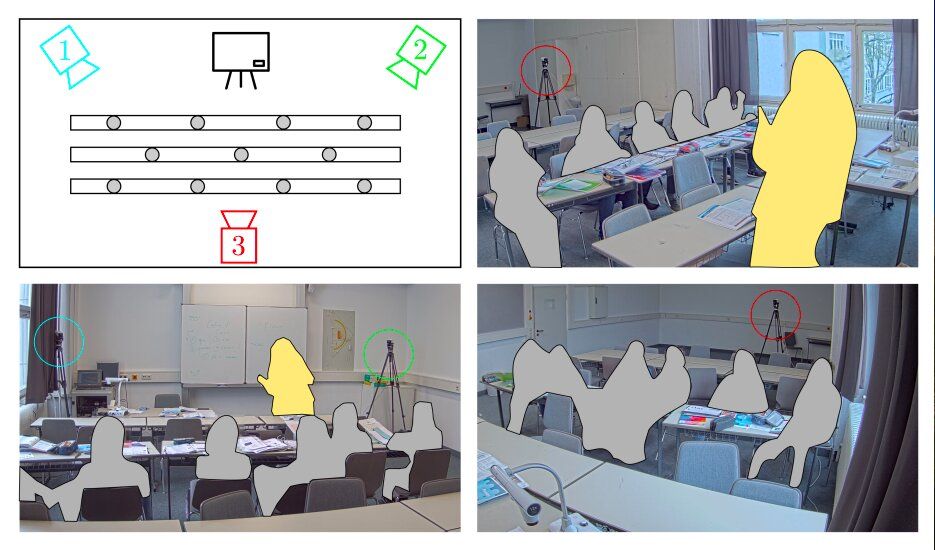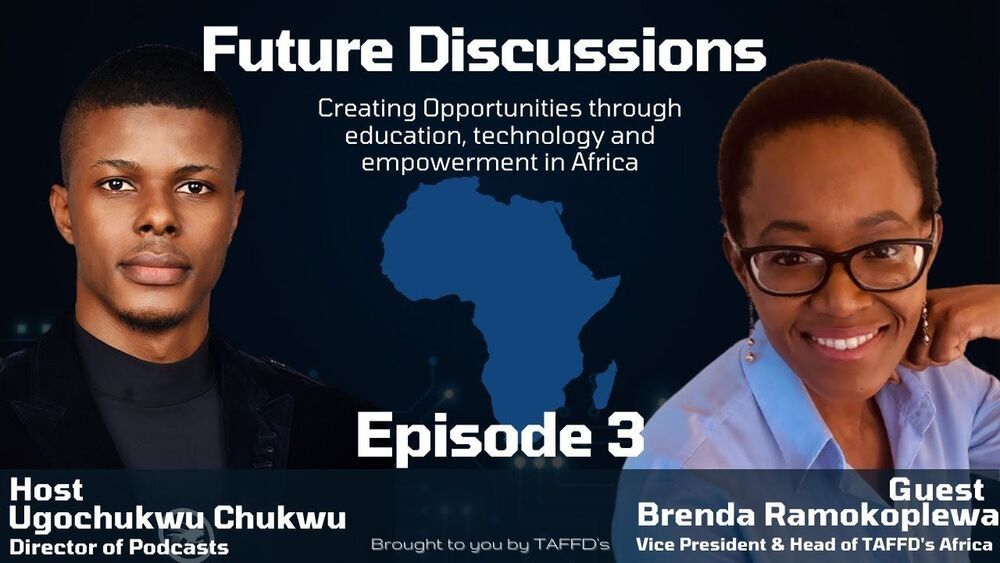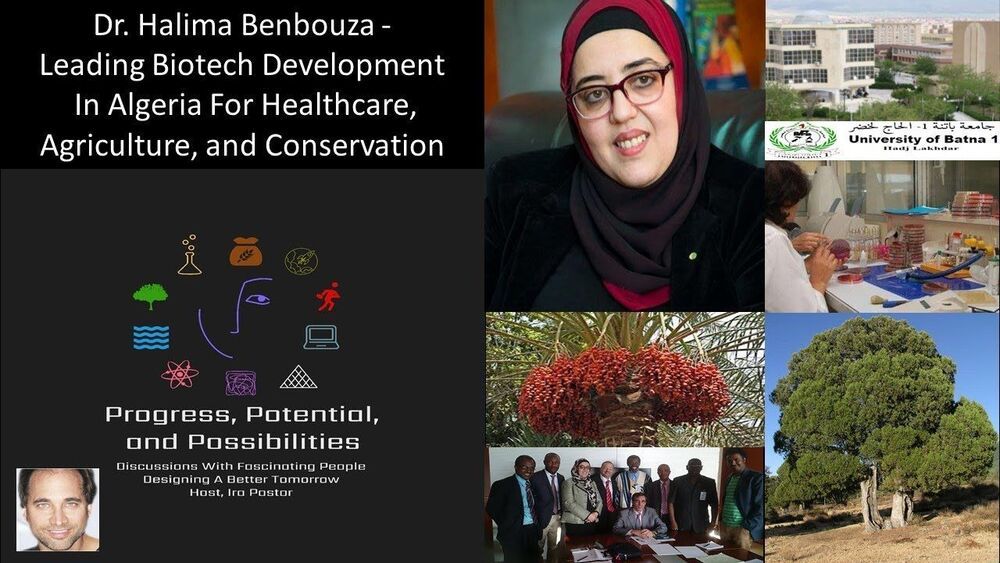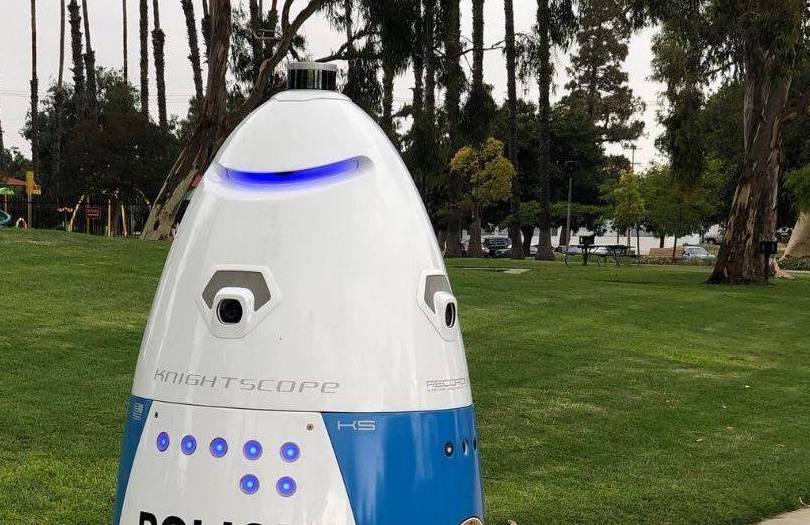Jan 28, 2021
Deep learning-based assessment of student engagement could aid classroom research
Posted by Saúl Morales Rodriguéz in categories: education, robotics/AI
Past research has identified student engagement, or the extent to which students participate and are involved in classroom activities, as a crucial factor determining both the quality of education programs and the academic performance of individual students. As a result, many educators worldwide are actively trying to devise courses that maximize student engagement.
















